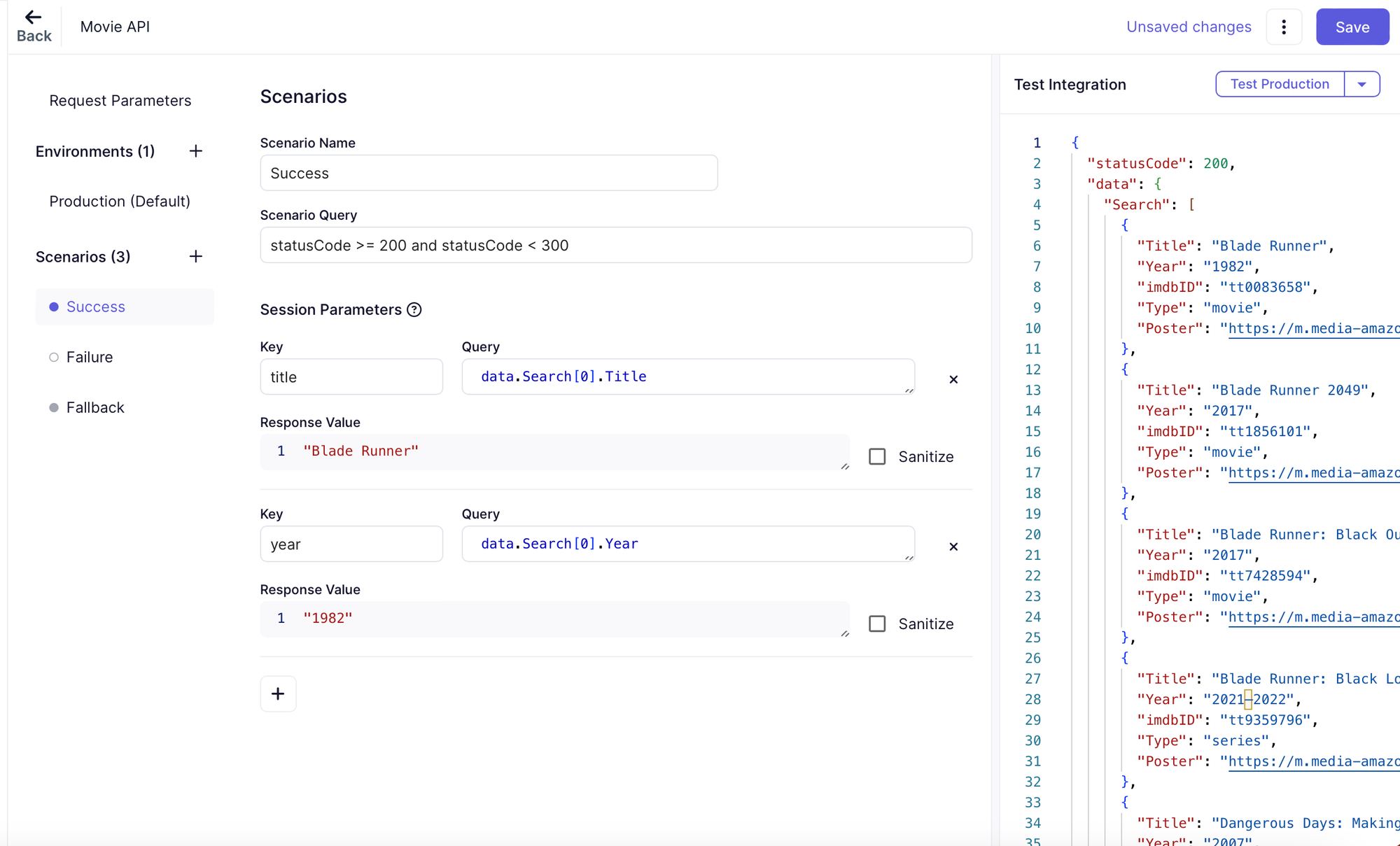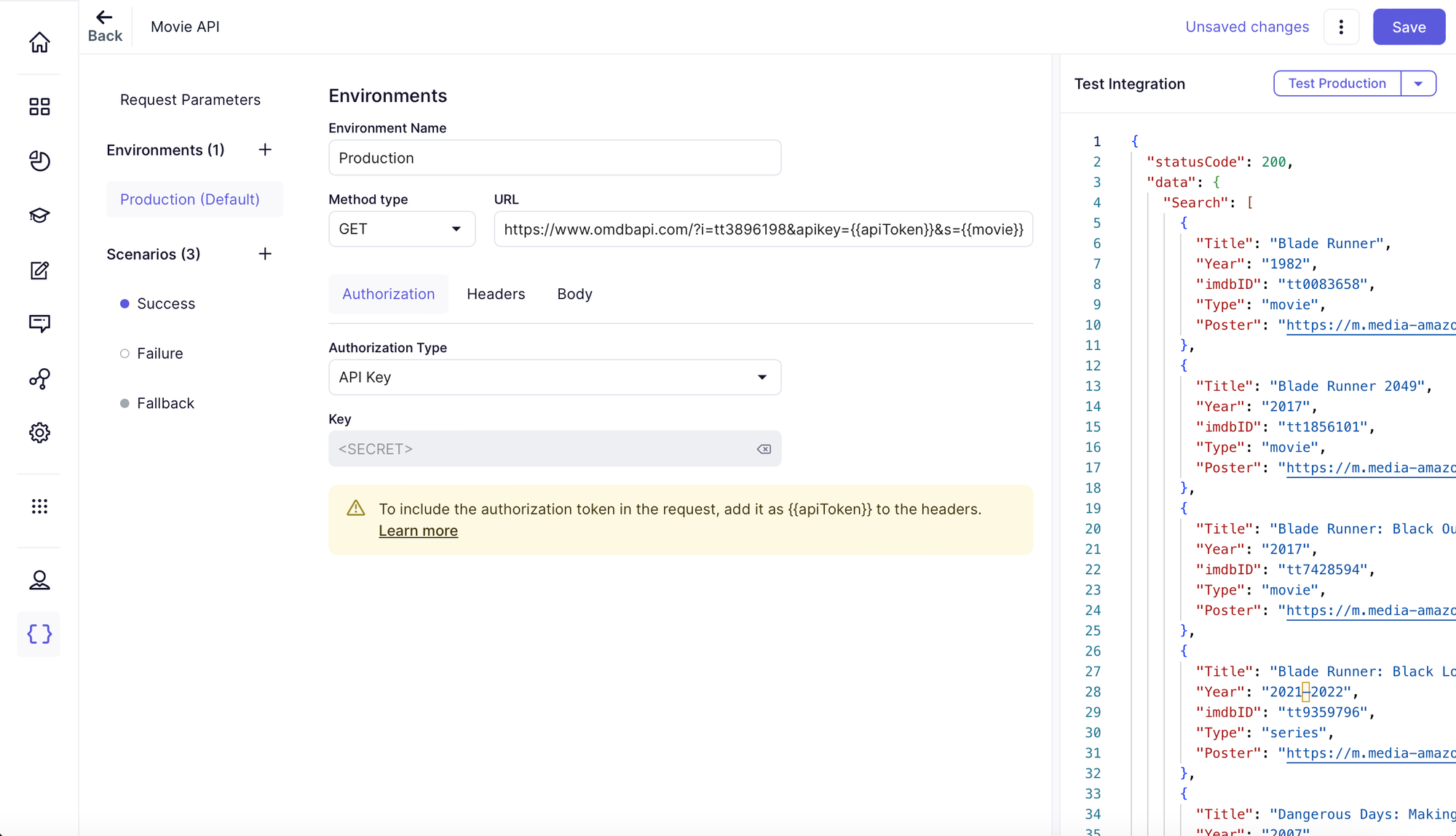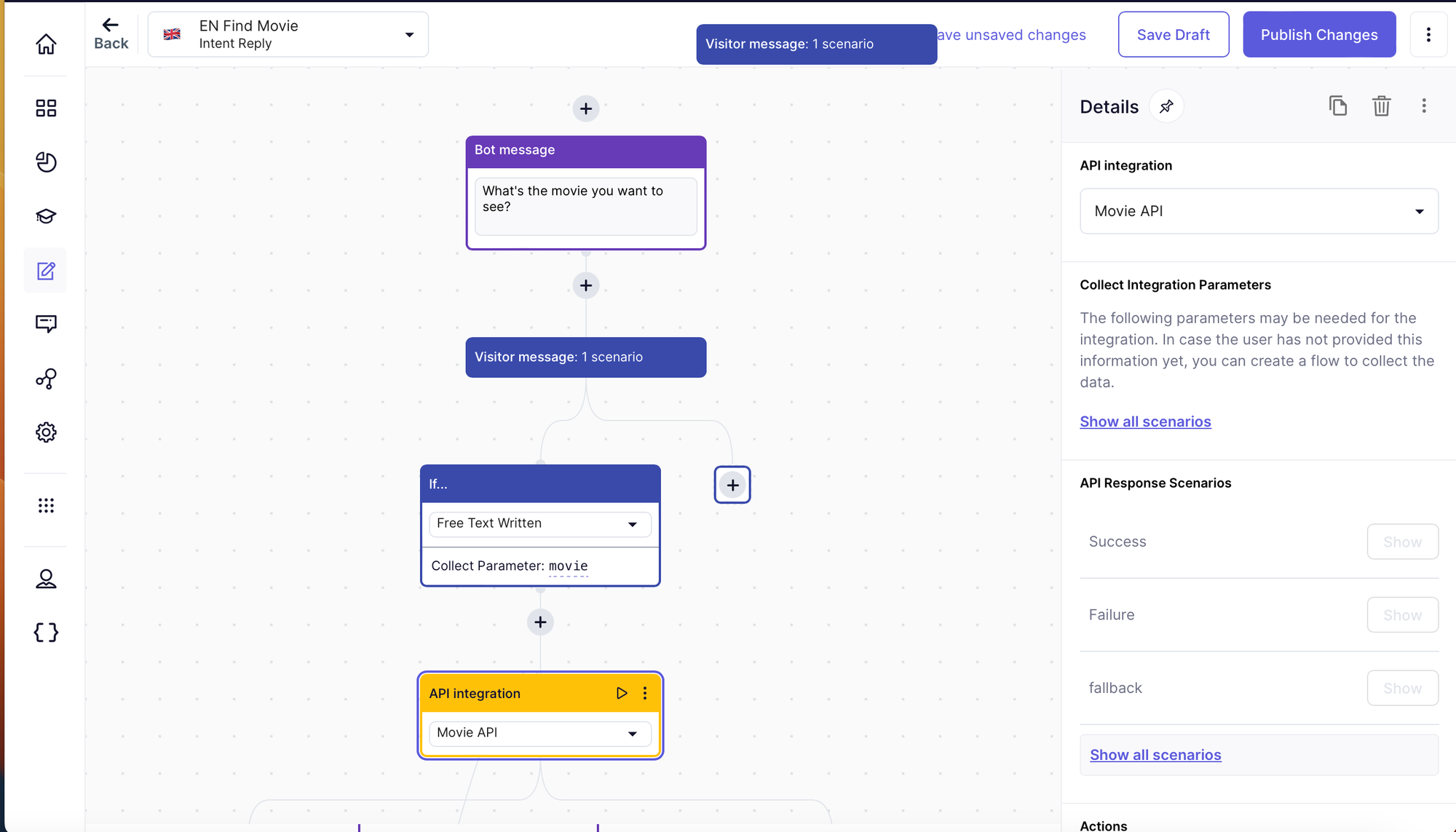
Zendesk acquires Ultimate: an in-depth overview of what the platform will gain
Zendesk is planning on acquiring Ultimate.ai, a leading AI and ticket automation platform. We've seen plenty of headlines, but what does this actually mean? This article dives into the nitty-gritty and shows what's now possible thanks to this platform expansion!
Zendesk has been on a big shopping spree these last 12 months. They bought Tymeshift — a workforce management tool — and Klaus — a quality assurance platform —. Before that, Zendesk also bought Cleverly, which formed the basis for Zendesk AI, and Smooch.io, a powerful chat-routing engine that became the basis for Messaging and the Sunshine platform.
And now they’re planning to buy Ultimate, an AI powered ticket automation platform.
I’m glad to see Zendesk expand from their core solution — customer support — to a broader platform that encompasses both customers and employees and broadens their toolkit with solutions that improve agent workloads, provide deeper insights and offers measure self service options for end-users alike.
It’s a far cry from their earlier acquisitions. When Zendesk bought Base CRM four years ago and turned it into Sell, they clearly wanted to attack Salesforce by offering a powerful sales and support combination. But now four years later, it’s clear that Zendesk has shifted their focused and wants to be the de facto standard for Customer and Employee experience powered by modern AI automations, powerful reporting and a focus on offering efficient self service options.
I’m a Principal Solution Specialist at Premium Plus and my main focus is Zendesk Sunshine and Ultimate deployments and architecture. This article, just like any article on this blog, is written independent from my day-to-day job and the opinions offered here are not, but probably are, with those from my employer.
So why Ultimate?
For those who don't know the tool (although I've written about them a few times on this blog), Ultimate is an AI powered ticket automation platform.
Which is a long way to say: they offer a modern chatbot that nicely integrated with Zendesk, they allow users to build custom models to match customer questions to intents, and they have a rich dashboard for maintaining and improving your flows.
Reading this you might wonder: isn't this very close to what Zendesk Messaging and Zendesk AI does? Yeah. It is.
But for me, Zendesk AI can be seen as your iPhone's default apps. Zendesk comes out of the box with a powerful chatbot, prebuilt intent models, and reporting tools to get insights in your bot and customer behaviour.
But just like people move from Apple Notes to tools like Notion, Slite or Craft, use Gmail instead of Apple Mail, or move from Safari to Arc, some Zendesk customers also outgrow Zendesk AI and the Zendesk Bot because their needs are very custom and don't fit a default industry model, or their bot requires integrations with external tools (like their webshop) that can't easily be build inside of Zendesk.
For these customers, Ultimate is an ideal fit because it offers what Zendesk AI and the Zendesk Bot does, but turns all features to 11.
Now that Zendesk has the intent to buy Ultimate (pun intended), let's see what potential features Zendesk users will gain once both platforms merge or Ultimate licensing folds into Zendesk.
What Ultimate has to offer
AI Models and Insights
Custom models
Zendesk comes with a set of pre-built models for travel, retail, finance, technology and hospitality. This has the benefit that a new customer without any ticket history can get started immediately, but this also has the downside that if your company's ticket intents don't really match one of those industries, or if you need custom intents that fall outside of the model, your only options is custom answers in Flow Builder with manual training phrases.

Ultimate on the other hand built their own AI training engine that ingest all your existing ticket data and then builds a custom model based on your ticket data in a bottom up approach. They index all tickets, cluster them per intent, and you can then approve these approved intents and you get a model that's 100% based on your data.
On the flip-side they also allow a top-down model where you can give the system the intents you expect to need with training phrases, and Ultimate will then take that input to create a model based on your input.
This not only allows your chatbot to better align with what customers ask, but it will also provide better insights in what customers are asking, which also means potential pain points are visible quicker.
Bot training
Expanding on the custom models, Ultimate also comes with a training module to improve your intent-matching model. You can create new intents and show the system which tickets should be used to recognise the intents. Or you can dive into an intent and remove all tickets that create confusion (e.g difference between Event Tickets and Bus Tickets) so that customers have a higher change to get the right answer based on their inquiry.

Currently Zendesk has none of this. Their intent-mapping option only allows you to disable certain intents, and whenever an agent manually changes the intent in the Intelligence Panel, those changes apply to that ticket only, and have no impact on future inquiries. Those improvements are only made available if Zendesk updates their fixed models across all customers.
Better reporting
Let's face it, Zendesk current reporting is not that deep when it comes to the chatbot and intents. Explore gives a lot of insight once tickets are created, but the Bot dashboard in the Admin Panel only shows how many times an intent was triggered, but that's about it.
With Ultimate customers get insight in intents, full conversation logs with the bot, the fall-off point where customers leave your bot flows, and insight in resolution types (answer solved, agent escalation, drop-off, bad intent)

Combining the Bot training, reporting and custom intent mapping also gives insight in blind spots. These 25 tickets about customers asking for Apple Pay support? Yep, that intent/issue that wasn't documented on your Help Center will show up.
As for insights in bot conversations, I heard that this is Zendesk's current stance:
We don't want agents to waste time reading conversations the bot already completely handled, so we chose to not create tickets for those resolved inquiries by design. (paraphrased)
But who knows, maybe Ultimate can influence that decision..
Generative AI
Just like Zendesk, the Ultimate platform starts from the idea that it's better to leverage your existing content, than to create a custom flow for each intent.
In other words, by combining existing content like knowledge base articles and Generative AI, you can create custom answers for customer inquiries which will probably handle most of your tickets.
You can then focus your Bot Building time on detecting gaps in your knowledge base, or build bespoke flows for the more complex scenario's that can't be handled by an article alone. Do that, and you're left with a limited set of inquires that inquire human attention and love.
Similar to Zendesk, Ultimate has an onboarding flow that "just works". You link your knowledge base to the bot, enable Generative AI, and the bot will use its (custom) intent model to match inquiries to articles, and generate short custom answers for your customers.
Ultimate however has a few additional tricks up its sleeve.
More data sources than just Zendesk
Zendesk supports Zendesk Guide as its sole knowledge source. Your Help Center articles are your trusted source for answers, and Zendesk Bot will use that content to offer answers to your customers.
Ultimate, being an independent platform, supports a lot more sources. Naturally you can import your Zendesk Help Center, but you can just as easily import your website, a set of documents, or other sources of data.

But, similar to Zendesk it's important that whatever the bot will render, is based on and limited to your imported data sources. Just like with Zendesk there's no chance of the bot going off topic since they build a lot of safety features and checks into the platform by design, both from a data integrity, as well as people and privacy standpoint.
Generative AI inside bot answers
With Zendesk Bots you can either use Generative AI to generate replies, or use custom answers to create bespoke flows for certain intents. Those flows allow for branches, asking for customer details and offering data via API or the Help Center in the form of a carousel of articles.

But what's not possible, and is possible with Ultimate, is to use generative AI in the middle of a custom flow. You can do things like "ask for an order number", "get the order status via API from your systems", and then have Generative AI use that API data to create a human-readable reply "Your order is expected to be delivered next Tuesday, hope this is still on time!". It seems like a small thing, but it allows to build personal conversations inside your statically defined flows.
This seems yet again one of those improvements that were probably already on Zendesk's roadmap, but I hope this will get fast-tracked now that Zendesk has Ultimate in-house to copy.
More nuanced personae
And to conclude the Generative AI section, Ultimate comes with a more nuances personae feature. You can not only choose between your traditional "friendly, professional, neutral" persona for your bot, but you can also write down a short description of your bot so that the answers get a tone of voice that apply more to your use case.

Bot Builder
Just like Zendesk, Ultimate comes with a Bot builder as part of its offering. It allows you to create custom flows to handle the more unique or complex intents by defining a flow with branches your customer can navigate through.
More complex flows
I already called Ultimate the more advanced version of the native tools Zendesk offers, and their bot builder is no different.
You can create more complex flows by linking steps in flows to other parts of a flow. You can for example check for the existence of an order number at the start of the flow. If there is one, you call an API, get the status and return it to the customer as one part of your flow.
A separate branch handles the flow where there is no valid order number. We explain the customer where to find it and allow them to enter an order number. Once validated, we can link directly to the first branch, and get the order status.
This kind of internal linking is just one of the features where the bot builder is better than Zendesk's. We have more display types to show data (more complex carousels, custom forms, ...), if/then conditional blocks can have more than 10 options, and you can link between flows, create variations of answers to give customers a slightly different experience each time they talk to you,...

Aside from the above, their bot building experience is very close to Zendesk's. They also use blocks with content types, you can do carousels, API steps, buttons,..
Separate integrations
One major difference between how the Ultimate bot builder and Zendesk's operate is how they handle integrations.
With Zendesk integrations are developed inline in the flow builder. You add your API URL, headers and mapping as a step in your flow and go from there. If you have two flows that need to make the same API call, you'll need to add those API configurations in both flows.
In Ultimate there is a separate Integrations section where you can define API calls. You enter credentials, urls, expected input parameters and mapped returned data in a configuration.



Within the bot the API step then offers a dropdown of created integrations, and you can use those across multiple bots.
It allows for testing and building integrations outside of flows, and makes them easier to implement and reuse across flows.
Ask for custom input as variable without creating custom fields
This is a big one. If you ever build a more complex flow in Zendesk, you quickly run into the limitation that every user input (order number, color choice, amount of nuggets,..) has to be asked via an Ask for Details step, and requires the creation of a custom field.
Useful for order numbers, since your agents might need that info later when they handle the ticket, but annoying of you want to collect temporary info to e.g. show the right set of articles or as an intermediate step in a complex flow, where we only need the end-result in a ticket (Laptop or Desktop? MacBook Pro or Air? Ultra or Max? ⟶ You picked a 15 MacBook Pro!)
Ultimate's bot builder allows for ad hoc parameters stored in the flow. They can be used to ask the customer for info (postcode?), validate to see if it's correctly formatted (lacks a digit!) and then passed to Generative AI answers or API calls without cluttering your agents' ticket fields.
How the acquisition will make Ultimate better
The above sections were all examples on how Zendesk will get better from Ultimate's product once they start integrating both platforms.
There's however also a lot of features that will now be possible that will make Ultimate better for existing customers:
Intents matching
Currently when you use Zendesk AI a customer asking for a refund will get the Intent "Refund" added to its conversation. When that conversation moves to an Agent the ticket will get tagged with the same Refund intent, and the Admin Panel and Explore reporting shows that same intent natively across the UI
Ultimate customers however have the benefit of a custom intent model but once the conversation ends up in Zendesk, that data appears only as a custom field next to your ticket, and only if you've configured it. So similar how to Tymeshift now nicely integrates with Custom Agent Statuses, I hope the custom intents from Ultimate will also appear in the Intelligence Panel for Agents.
User Authentication
Last month I wrote a long article on how user authentication in Messaging works. It's complex, it takes some work to get your users aligned, but once it works your Messaging widget and bot can recognise users and use that metadata in flows and answers, or you can show restricted content for specific user segments.
Ultimate lives outside of the Zendesk ecosystem and interacts with Zendesk over the Sunshine Conversation API, leveraging the Messaging or SunCo widget. Those widgets however not (easily) transfer authentication data to and from third party services out of the box, meaning the Ultimate bot often needs a separate login flow and then pass (or match) that data with Zendesk users via the SunCo APIs and integrations.
Now that Ultimate will become part of the Zendesk Suite, I can only hope that items like user authentication, current browser URL, Help Center Segments e.a. all become available to the Ultimate Bot. Naturally once the Ultimate Bot and Zendesk Bot merge you'll automatically get access.
Simpler licensing
This one comes with some caveats, namely that depending on your license type you might have Sunshine Conversation as part of Suite, only have Messaging, or have one of the Premium or Legacy SunCo tiers.
Either way, chances are big that you're paying for Zendesk Suite Agents, paying for an Ultimate license and pay both Zendesk and Ultimate for an allotted set of MAU or monthly active users.
Similarly if you're a Zendesk AI customer (cause you need the Agent Workspace features with summary, intent mapping and expand/tone-shift) and an Ultimate Customer (for their bot, AI models and ticket automation), you're kinda paying for a Zendesk Bot you're not using.
So I wonder, once the acquisition is finished and Zendesk starts breaking Ultimate into pieces integrated into their platform, I can only assume a Zendesk MAU is also includes as an Ultimate MAU and we're not passing past go twice?
Similarly, I can see users getting a discount on Zendesk AI if they also buy Ultimate to compensate for the unused Zendesk Bot)
Or maybe this section is just wishful thinking and Zendesk is just going to keep pricing as is 😅
Conclusion
So, where do we go from here. My ideal outcome would be the following:
- The Zendesk Flow Builder incorporates the more complex features from Ultimate with regard to linking to different branches, ad-hoc parameters and predefined integrations as reusable blocks. This becomes available across all Zendesk Suite customers
- The deeper reporting on bot behaviour, conversation logs and resolution types become available for all Zendesk users
- Ultimate intents are mapped against Zendesk intents and appear in the knowledge panel
- In a year or two all Zendesk Suite users get access to the pre-trained Zendesk intents and AI features, and all Advanced AI customers, regardless of Suite type, get access to the custom models.
This means that, for now, while Zendesk is busy integrating the (awesome!) Ultimate team into their company, customers buying Zendesk AI still get the prebuilt models, and Ultimate is an upsell to custom models and better training/intent mapping.
Once the bot builder and reporting and intents are ported over to Zendesk, they can redraw their offering with Zendesk AI available across the board for all Suite customers (which will probably increase price) and reposition Advanced AI as custom models, better reporting and intent training.
Exciting times!





